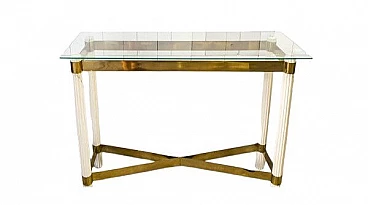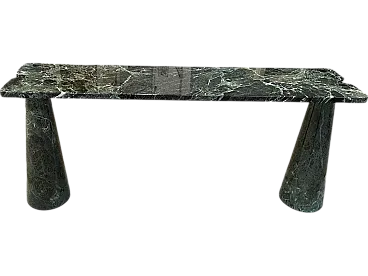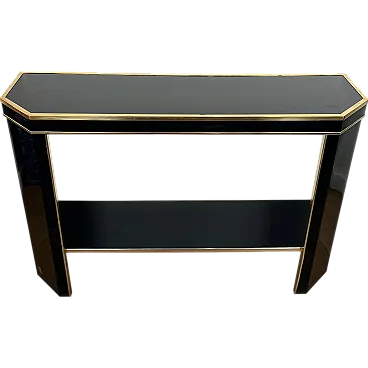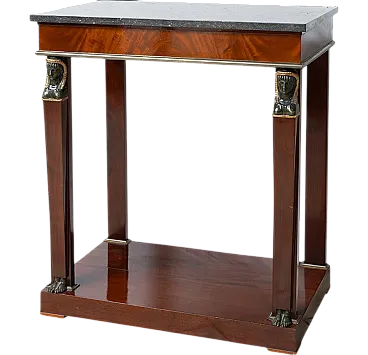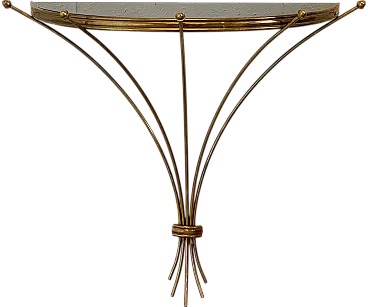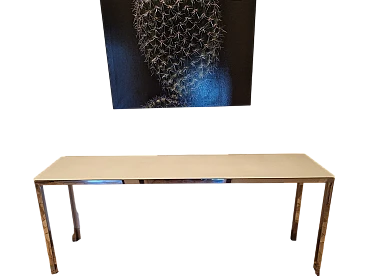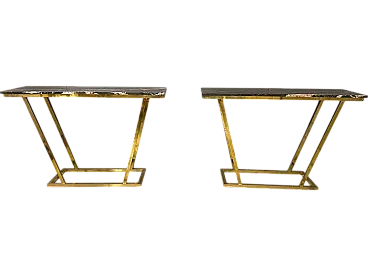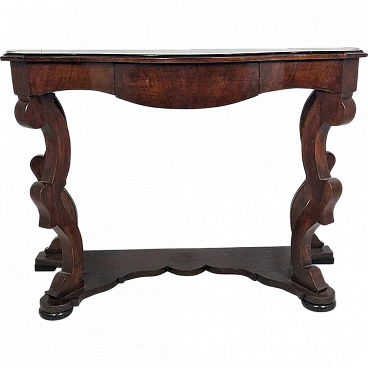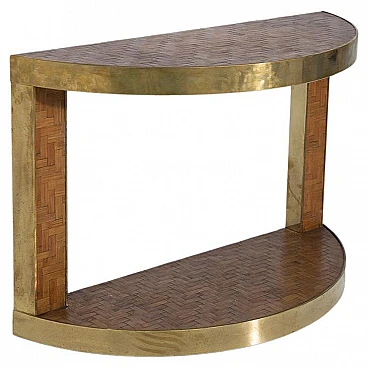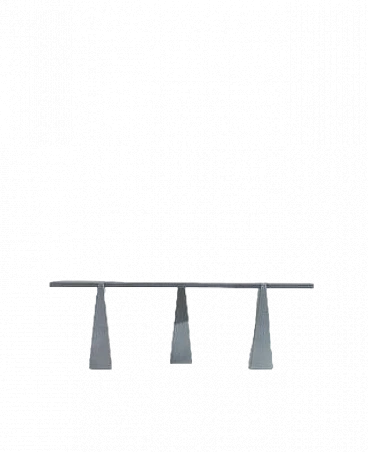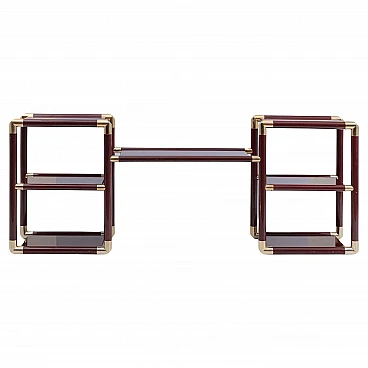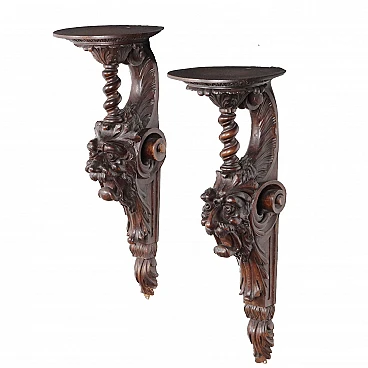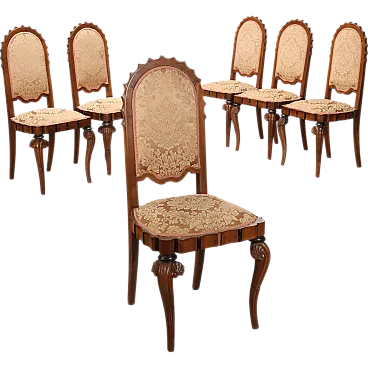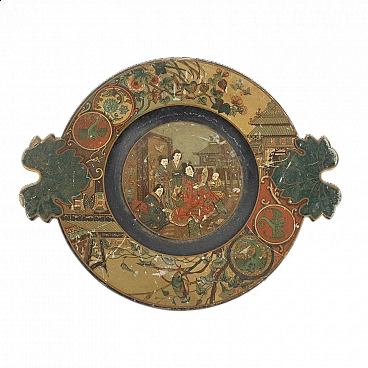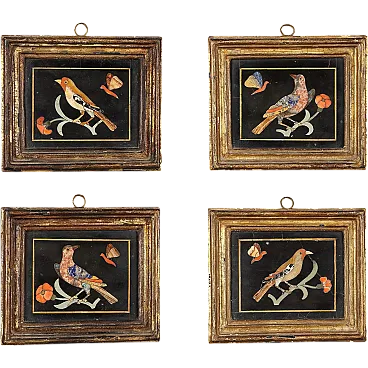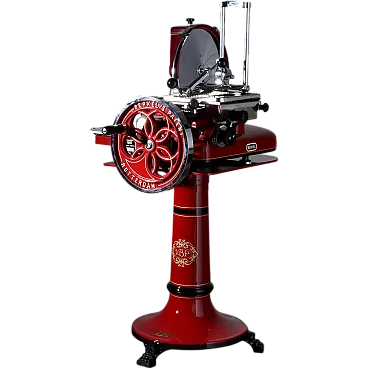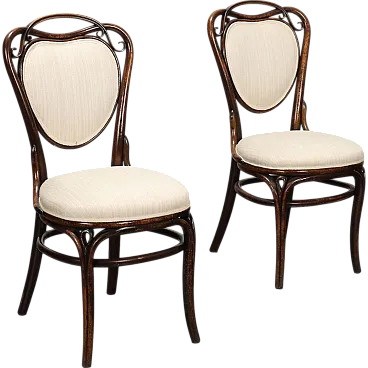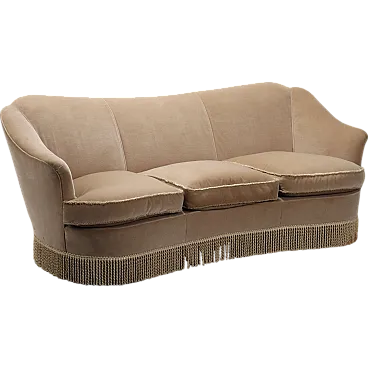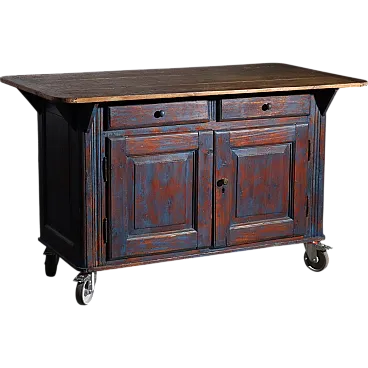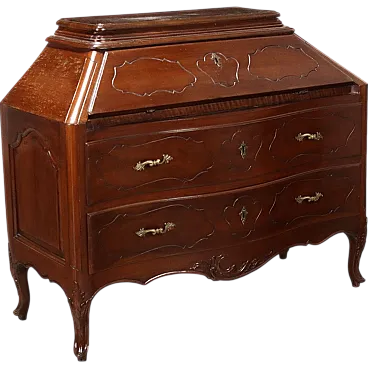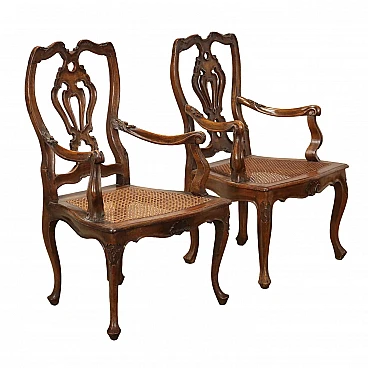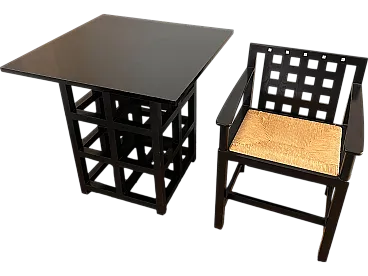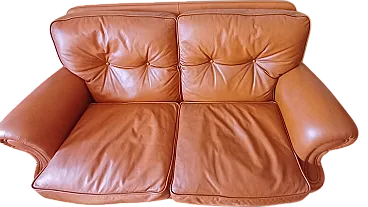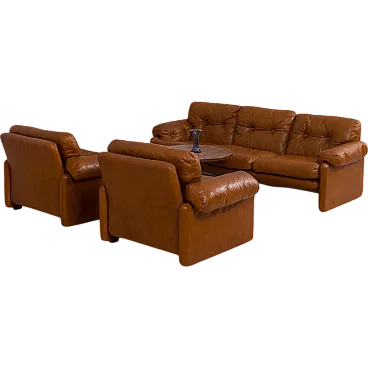Sculpted and gilded wooden console table. It rests on four supports with opposing double curves ending in full-bodied curl volutes held by masks; on the upper volutes rest carved female caryatids in the round. The junction of the legs is made by volutes terminating in another female protome, here turned upwards, with a pair of petals and acanthus leaves forming a backdrop. The under-top band is centred by a carved cherub placed within architectural volutes. On the sides simple carved volutes; the lambrecchino carved motifs decorating the furniture have pendants carved like curtain tassels. Shaped top slab in Medicean breccia resting on a moulding.
This console table, which can be traced back to an advanced phase of Tuscan Baroque thanks to comparisons with other examples of probable Florentine production, draws its inspiration from Roman Baroque prototypes, sharing with the latter the full-bodied nature of part of the volutes, the high meticulousness and quality of the carving, albeit with a design that is 'lighter' and less pompous. In particular, the expressions and the materiality of the female heads find fine echoes within Tuscan production with a focus on the city of Florence. For example, the design of the upper part of the uprights and the undercounter band is very similar to that found in a Tuscan console table from the same period and conserved in the Quirinale, which most likely came from the group of furnishings that belonged to Umberto II of Savoy (González-Palacios, 1997). Other interesting elements for comparison are the masked feet with scroll finials, similar to those on a wall table in a private collection made by Florentine cabinet-makers in the late 17th and early 18th century (González-Palacios, 1986), and the sculptural labrequins (or fringes/pendants) ornaments also found within the decorative apparatus of a Lucchese console table in Palazzo Sardi, dated 1733 and attributed to an anonymous carver from Turin (Colle, 2009). Worthy of note is the staggered position of the rear legs in relation to the front ones, a device adopted to allow a frontal view of the female protomes placed in the background. In addition, the type of marble used for the slab of the top, the Medicean breccia, is another indicator of the provenance of our console table, which, in conclusion, fits well into the "period between the death of the last Medici Grand Duke in 1737 and the arrival in Florence of Pietro Leopoldo in 1765, [...] very little known in the field that concerns us also because the works executed at the time were not many", as stated by art historian Alvar González-Palacios (González-Palacios, 1997).
Bibliography for comparison:
González-Palacios A., I Mobili Italiani. Il patrimonio artistico del Quirinale, Electa, Milan, 1997, p. 179, fig. 55.
González-Palacios A., Il Tempio del Gusto. Le arti decorative in Italia fra classicismi e barocco, La Toscana e l'Italia Settentrionale, Longanesi&C., Milano, 1986, Tomi I-II, p. 29, fig. 9 (Tomo II), fig. VI (Tomo I).
Colle E., Il Mobile Lucchese. Dal Cinquecento all'Ottocento, Maria Pacini Fazzi editore, Lucca, 2009, p. 134, Tav. XLII.

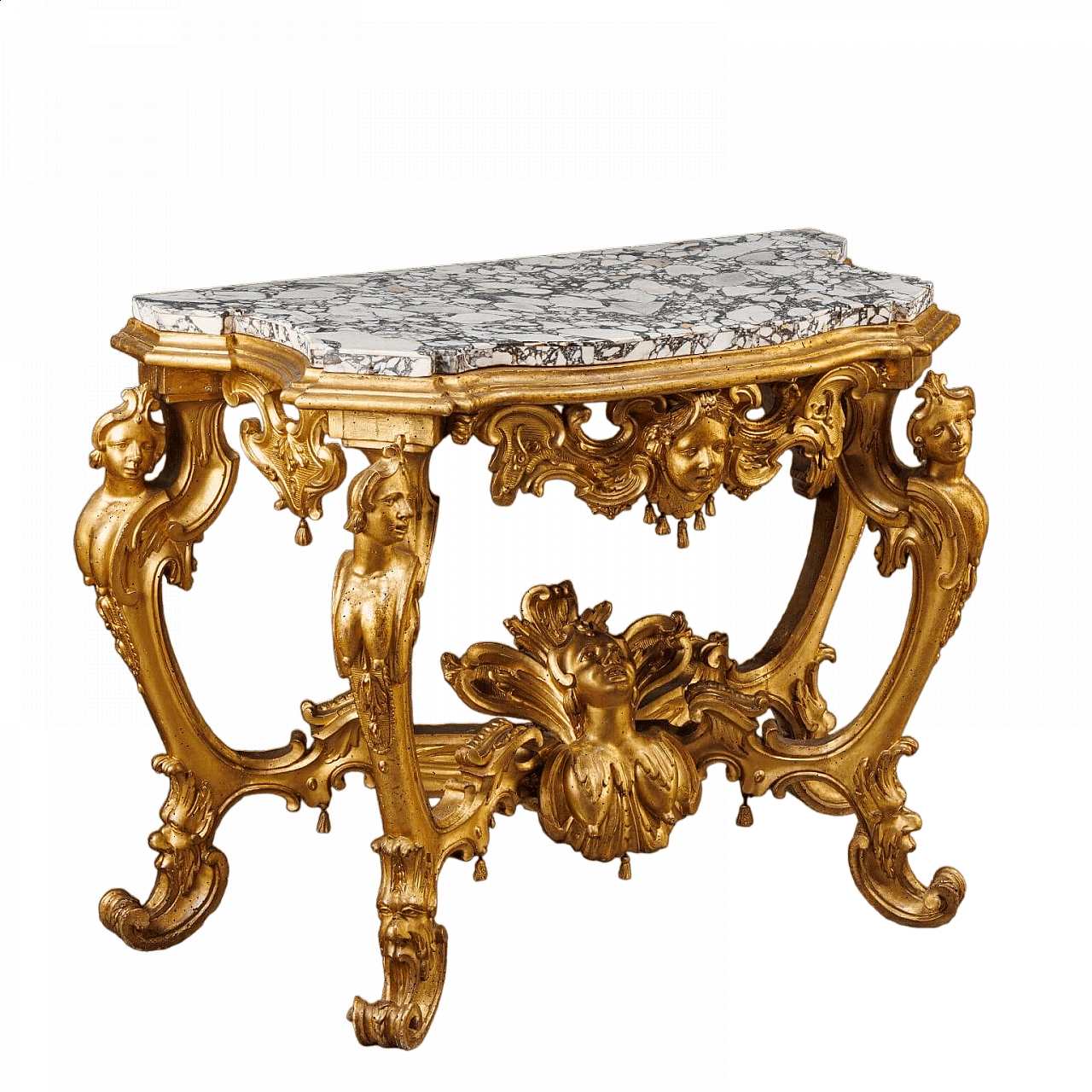
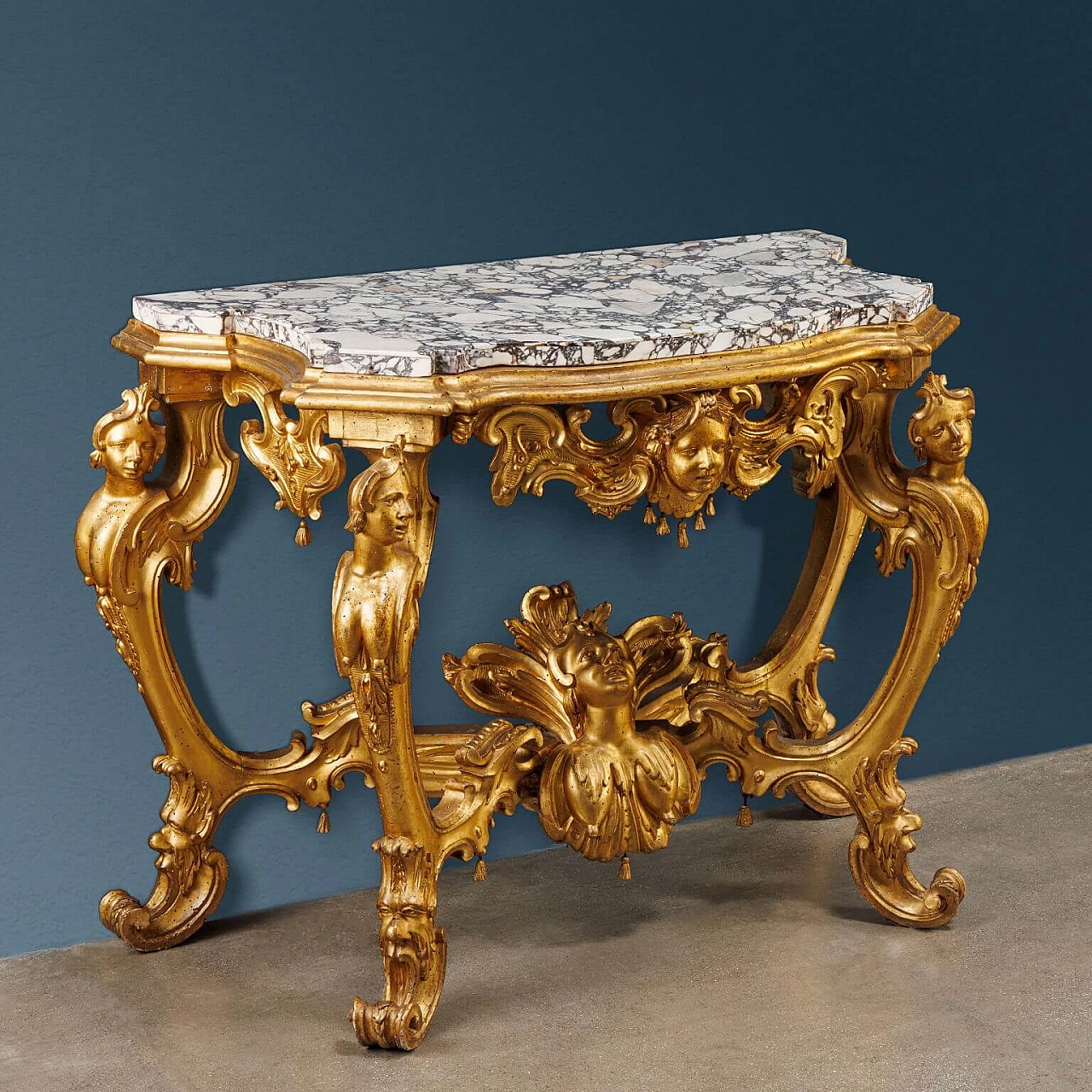
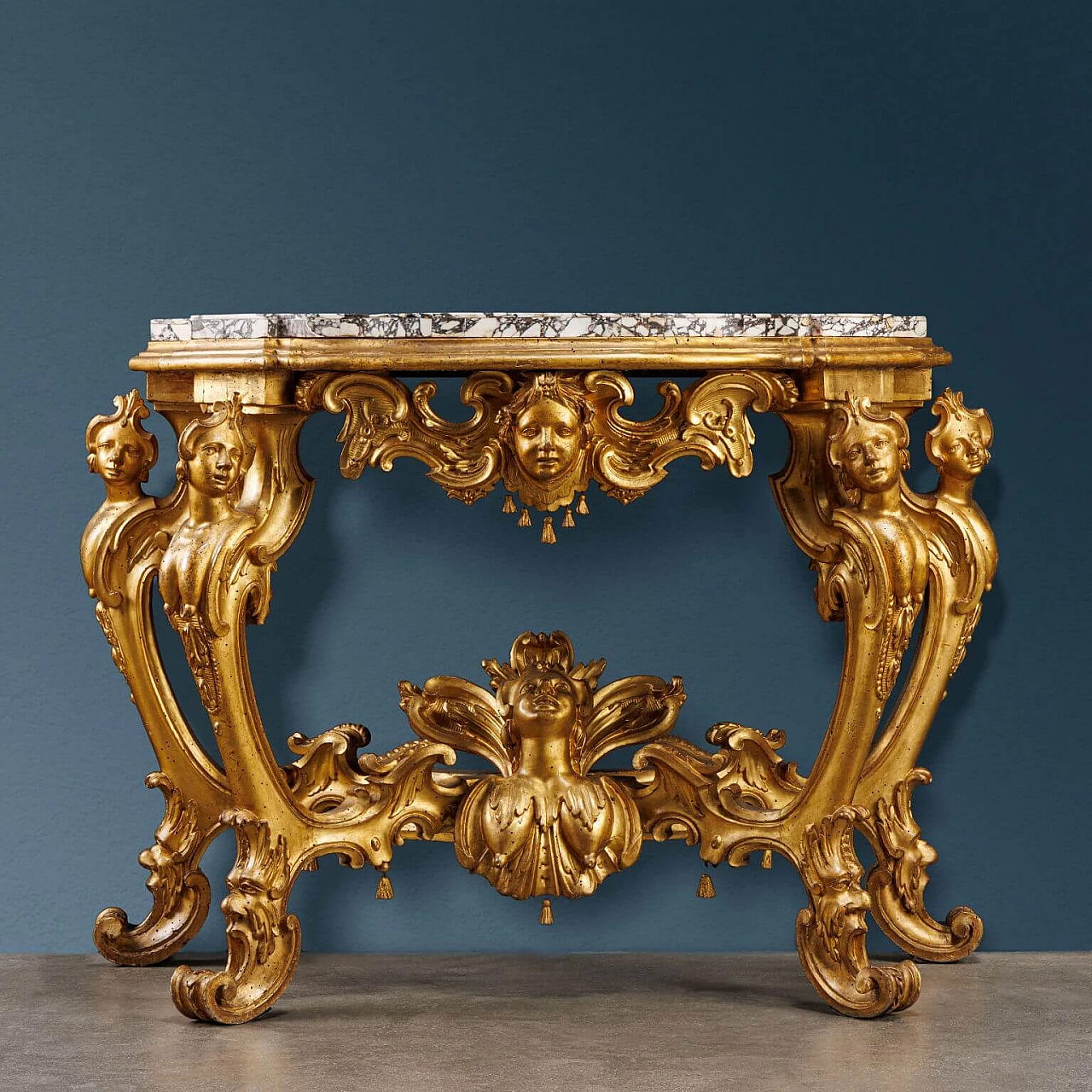
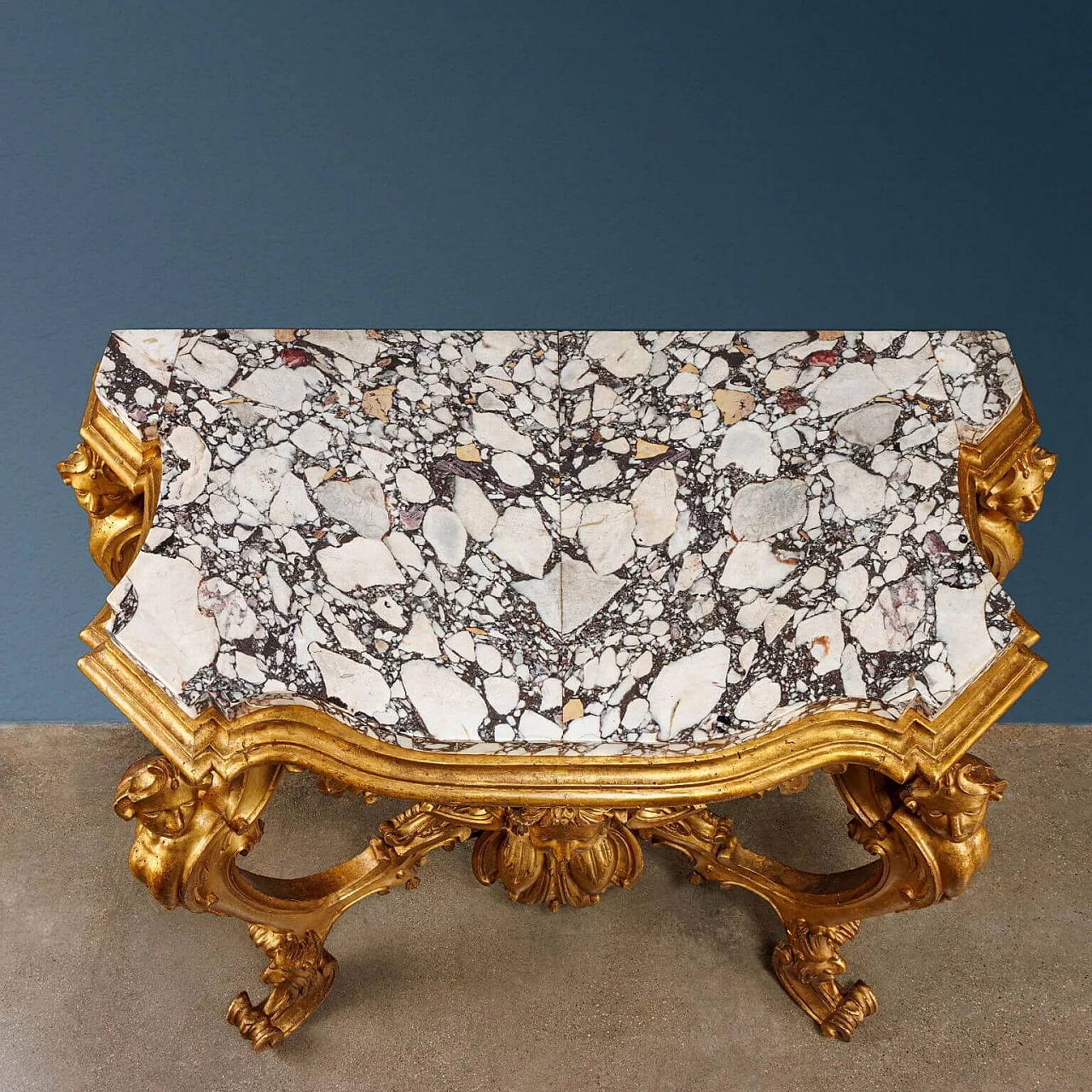
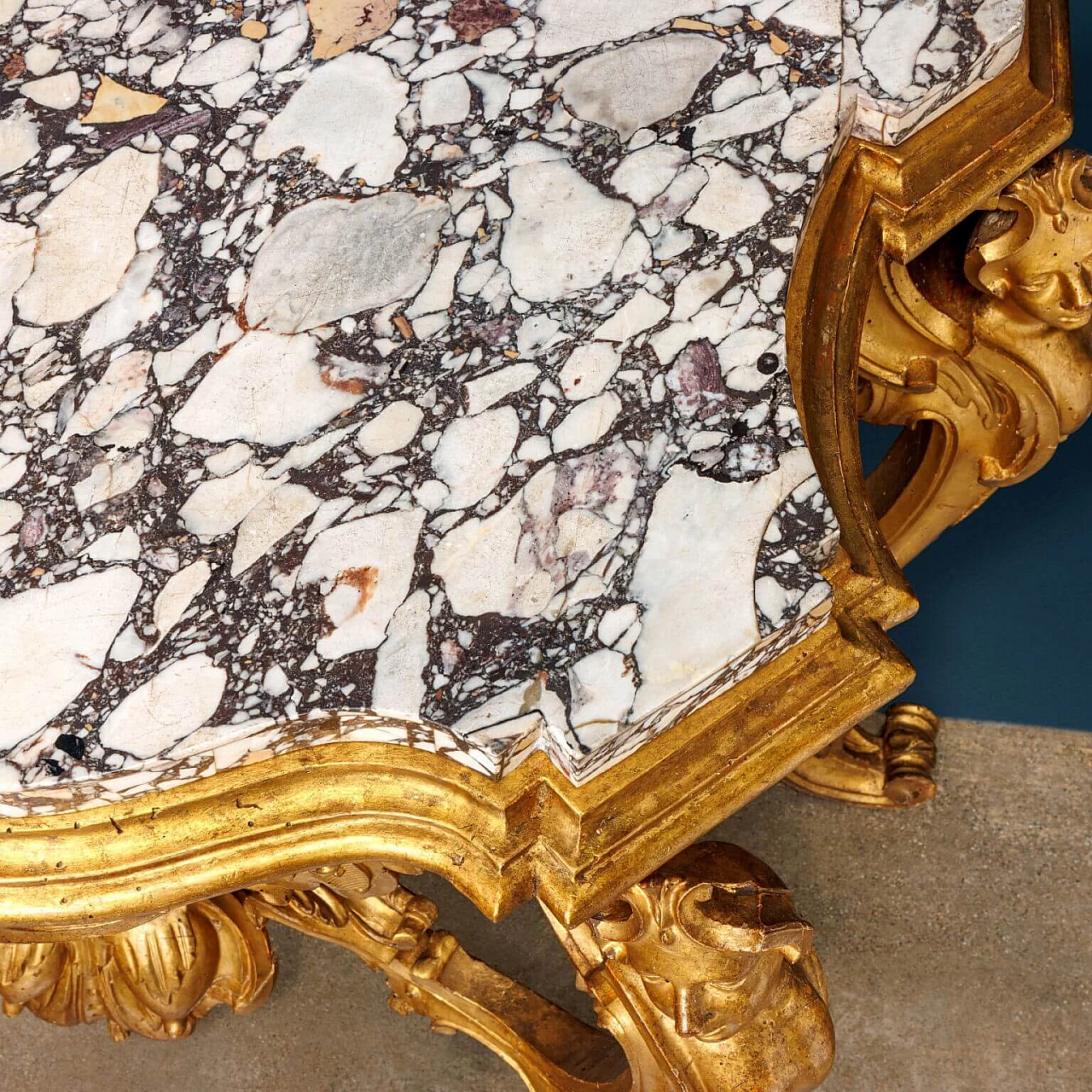
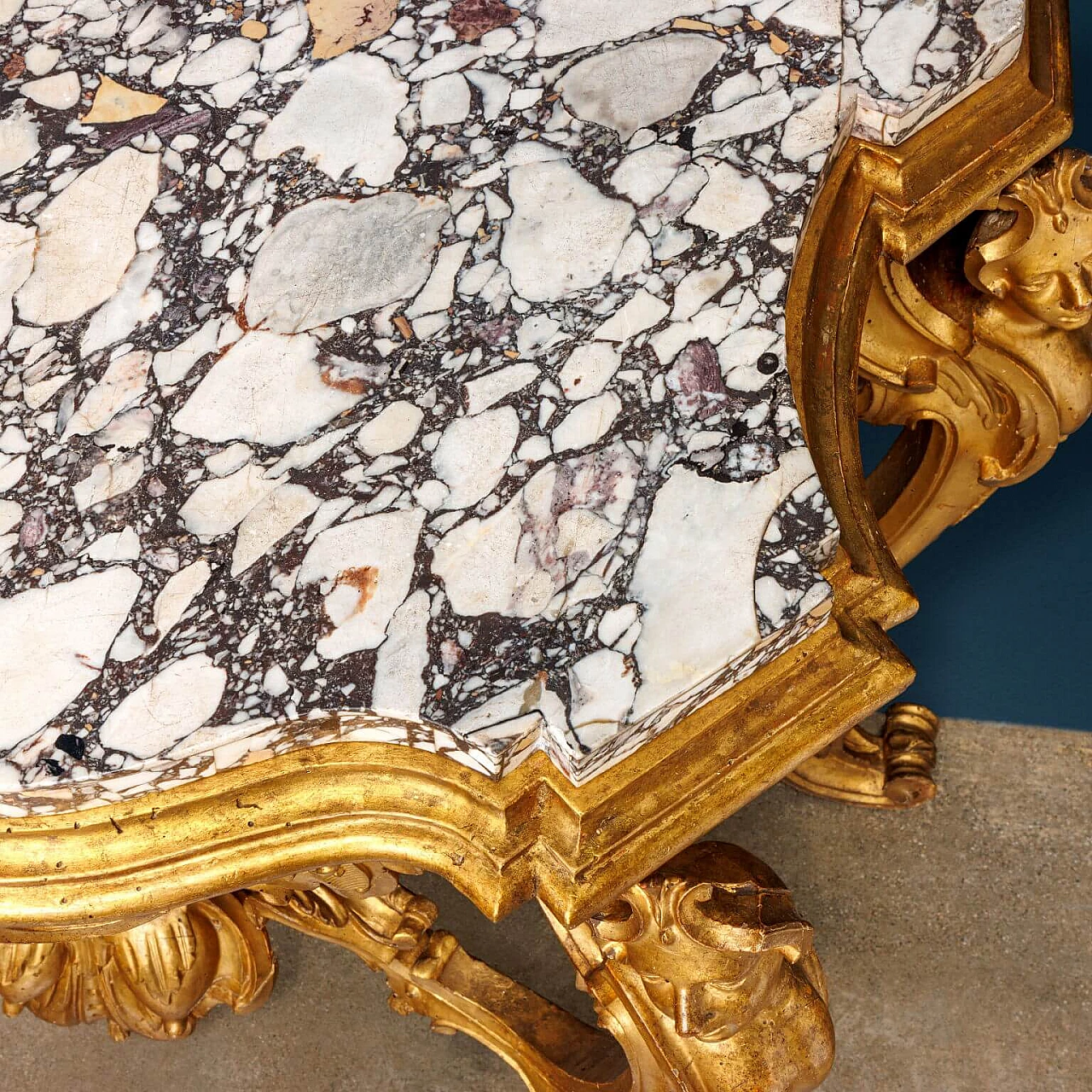
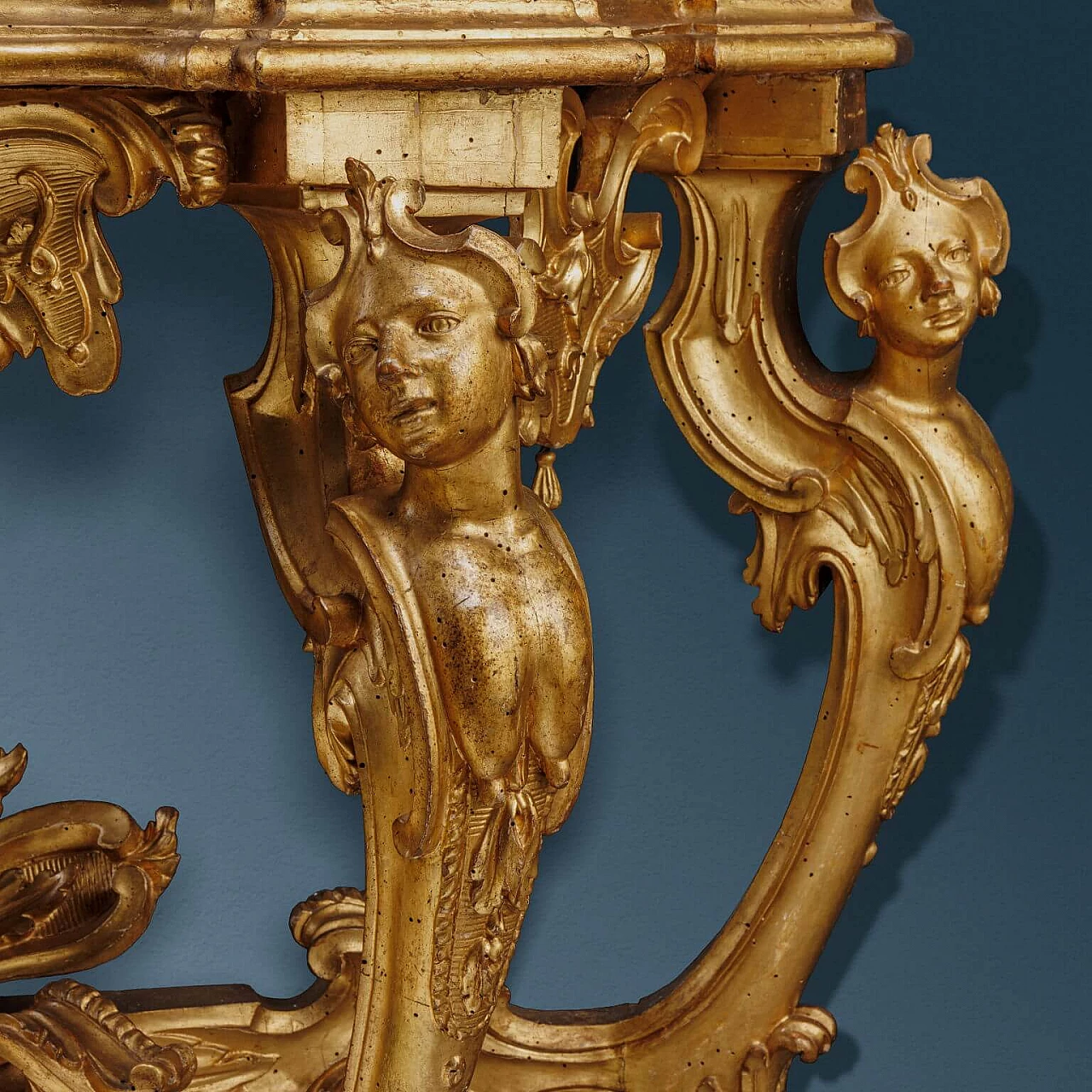
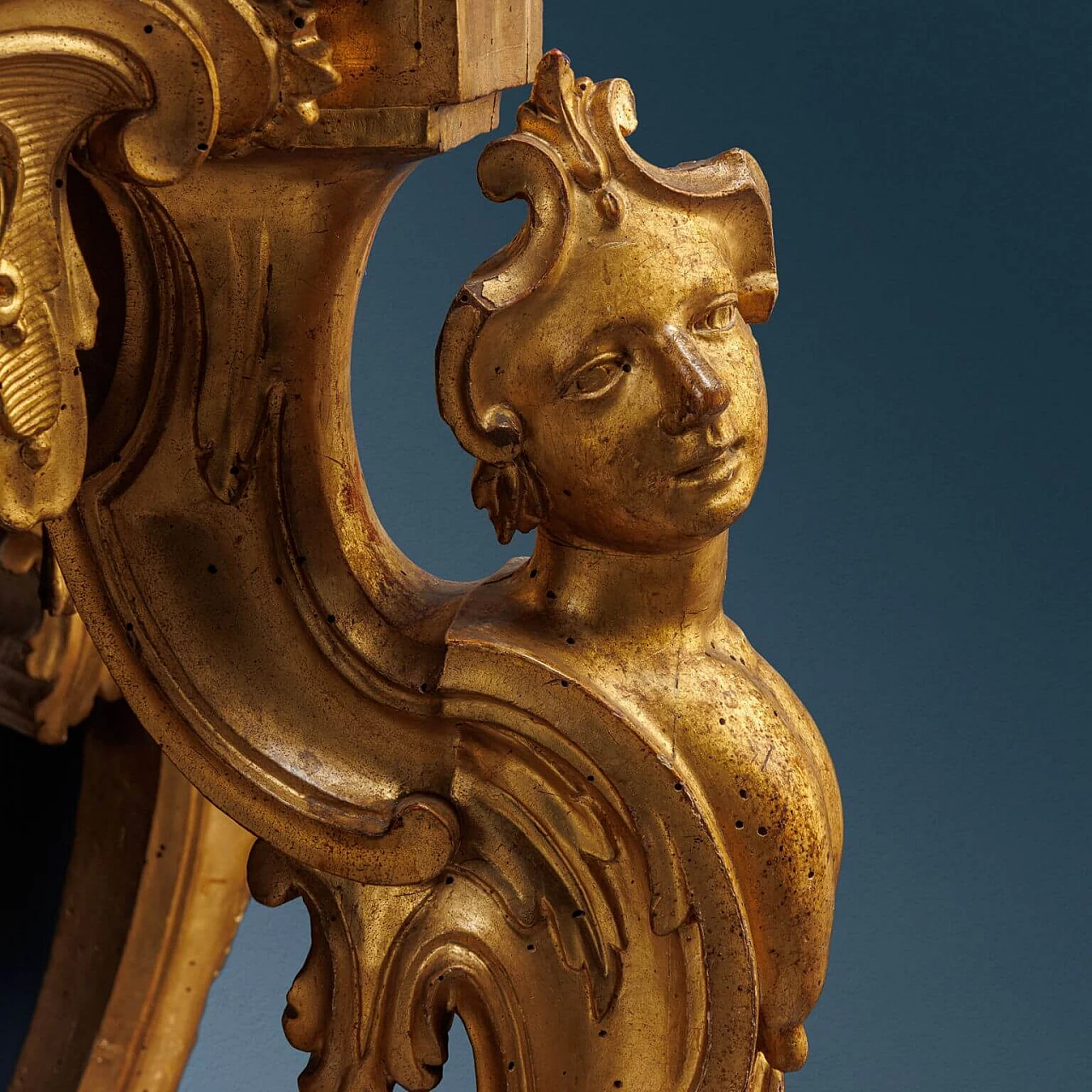
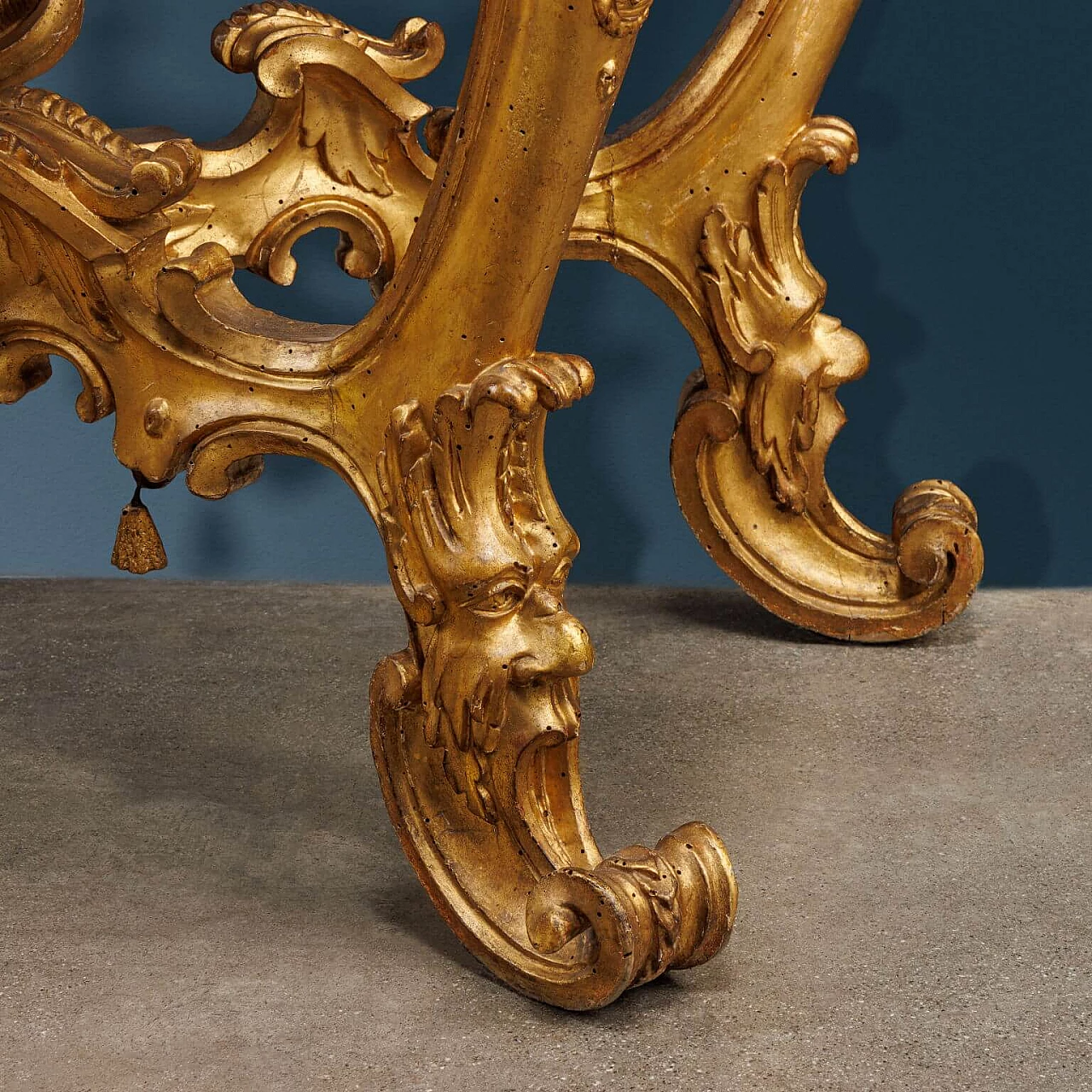
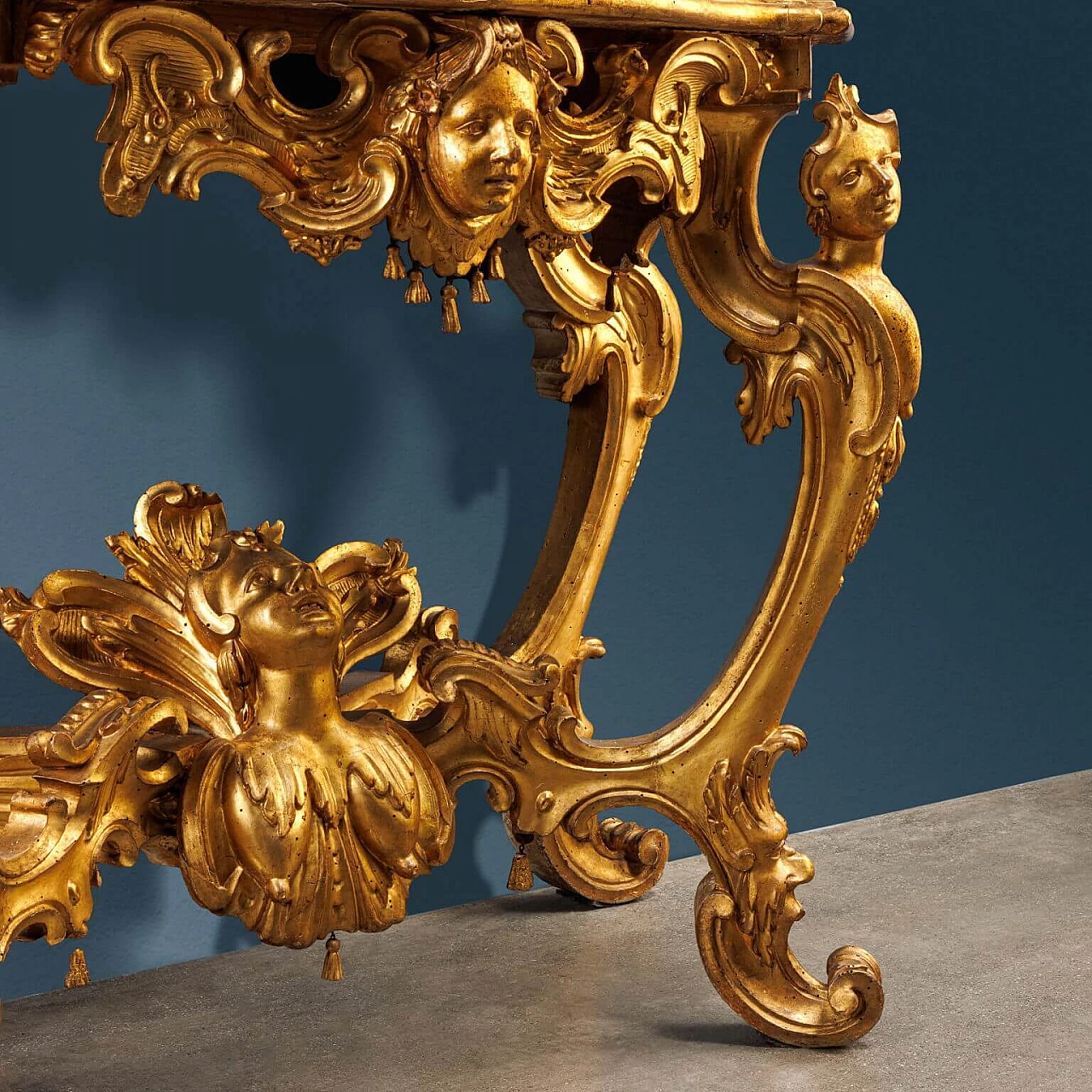
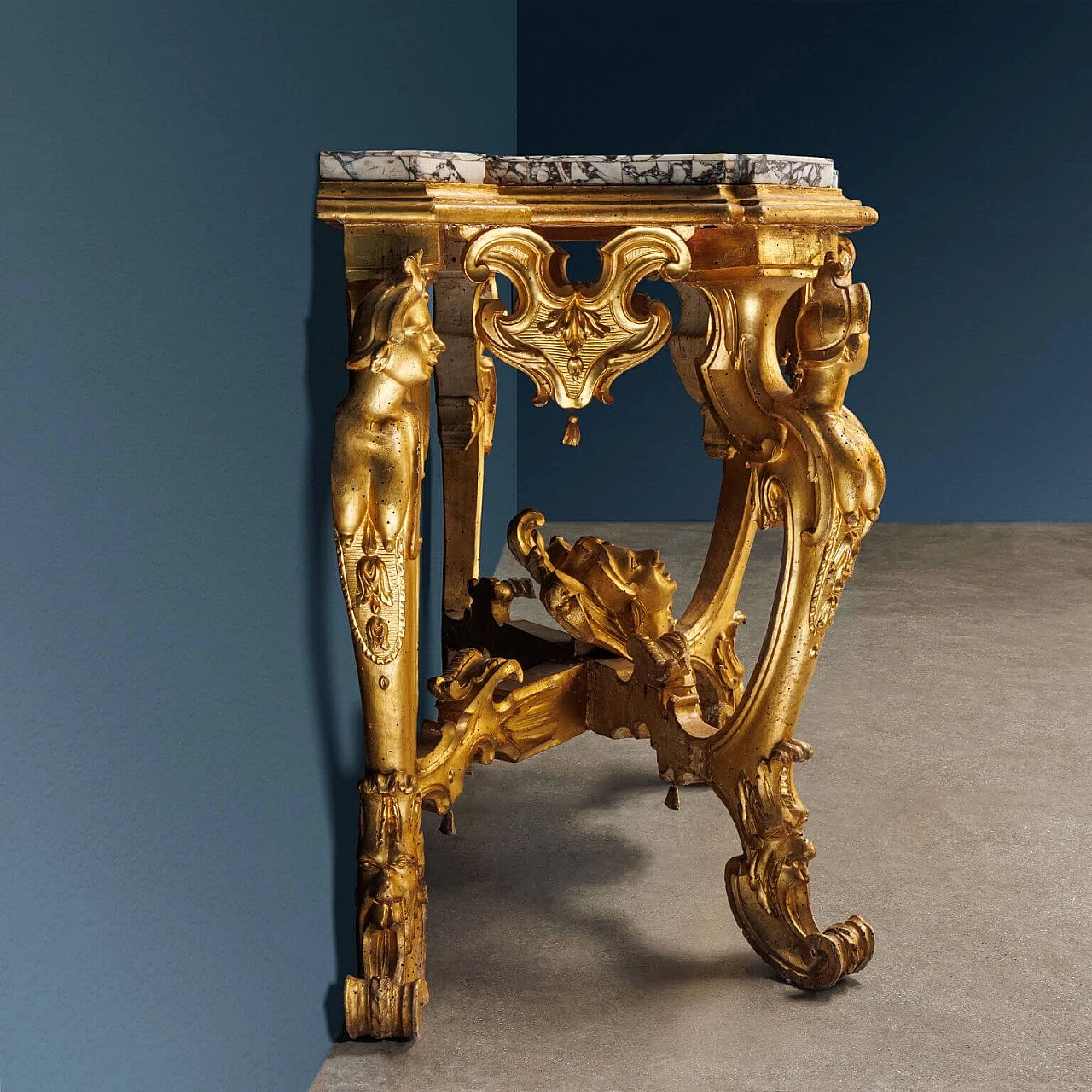
 PLATINUM Seller in Milano, Italy
PLATINUM Seller in Milano, Italy






.png)





